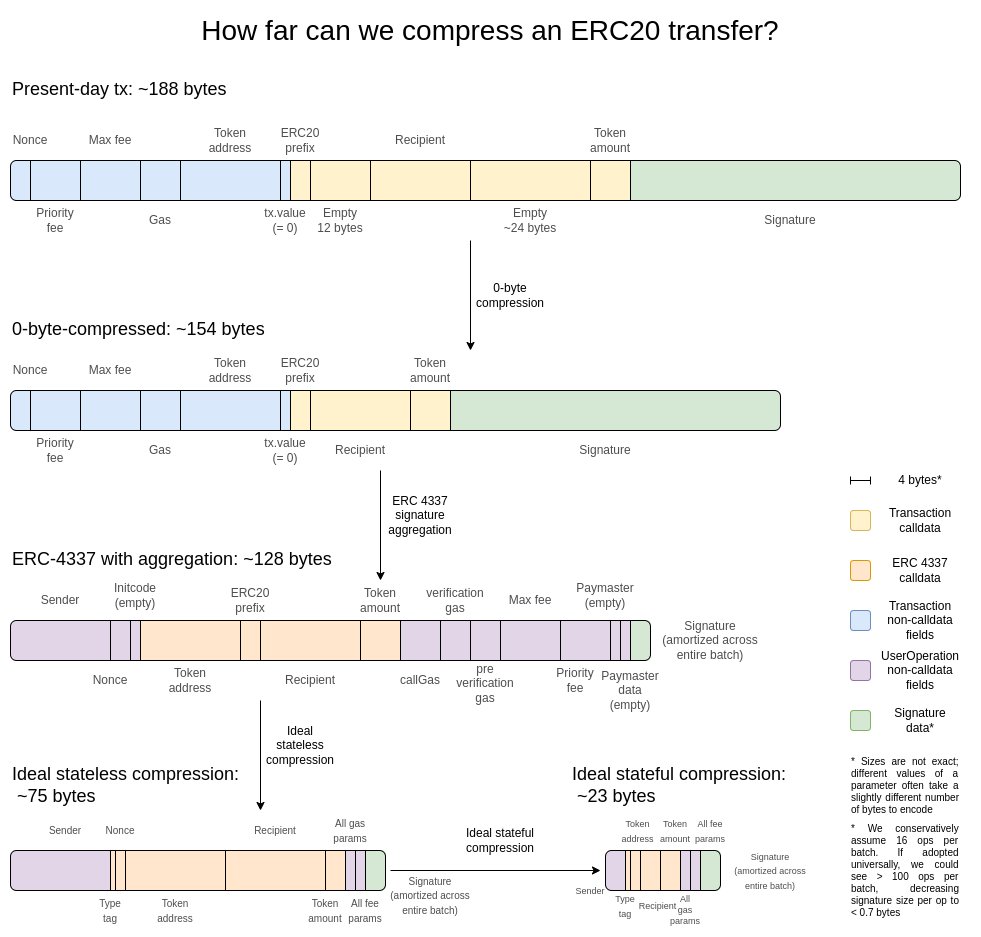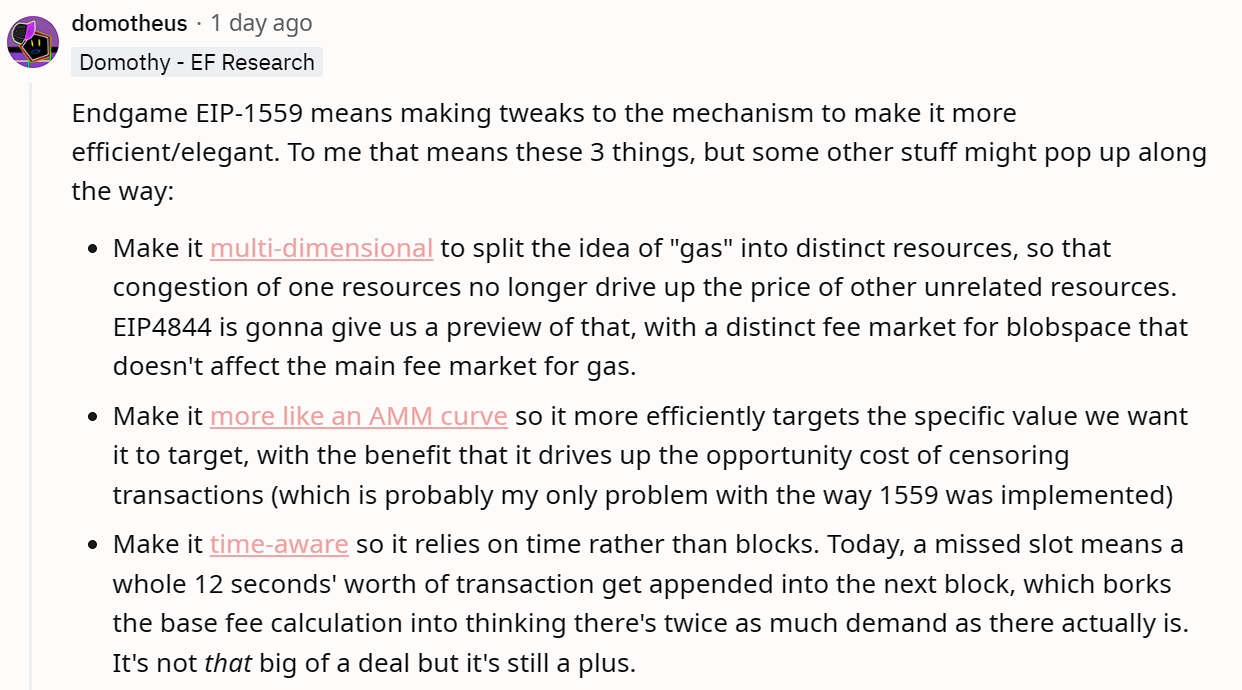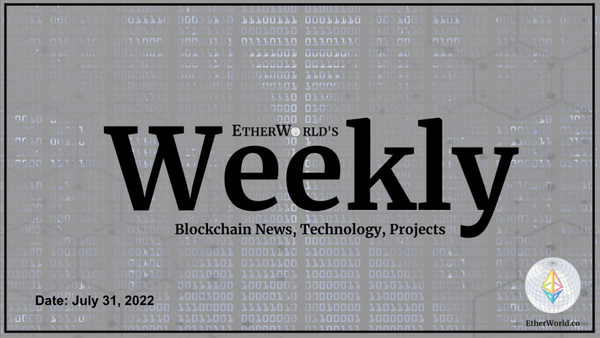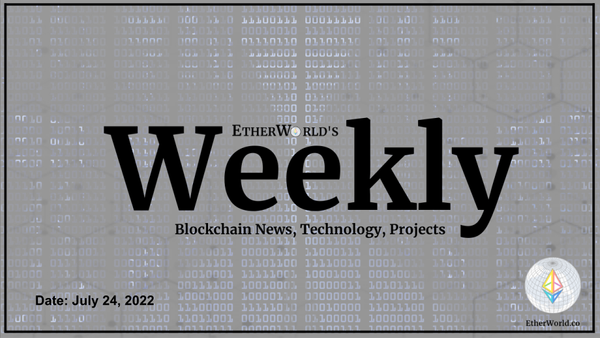The Ethereum community answered a number of community's questions on reddit during 'Ask me anything' or AMA session on Reddit featuring key figures from the Ethereum Foundation. Ethereum developers also discussed Privacy, Adoption and EIPs. In this article, we will look at few of the questions and responses shared by the EF Research team.
EIP-4844 Scaling Challenges: Achieving VISA-Level Throughput?
A community member questioned about Ethereum's scalability, in the context of EIP-4844 and its implications for data availability. Dankrad Feist, representing the Ethereum Foundation, acknowledged the limited scaling impact of EIP-4844, highlighting its primary role in data publishing rather than intrinsic scalability.
However, Feist stated that EF reasearch have some exciting research on getting some amount of scaling as soon as possible. He also said that PeerDAS is easy enough to implement and can have a basic version, that provides some amount of scaling, on a relatively short time horizon(- hopefully within a year of 4844 shipping). This research aims to upscale Ethereum's data capacity, with the potential to achieve a 10x increase.
Vitalik Buterin reffered Plasma as a viable scaling solution. Additionally, he shwed how better data compression aimed at enhancing Ethereum's scalability.

L2 Liquidity and Composability: Ethereum's Approach?
A question surfaced regarding Ethereum's strategy to tackle liquidity fragmentation and composability challenges on Layer 2. Justin Drake, in response,started with the challenges faced during the current transitional phase.
The current state of Ethereum's Layer 2 (L2) landscape faces challenges, including liquidity fragmentation and composability issues across different rollups like Arbitrum and Optimism. Each rollup operates as a separate system, lacking universal synchronous composability.
To address these challenges, Ethereum is looking into shared sequencing and real-time proving methods for rollups. Shared sequencing means multiple rollups use the same sequencer, allowing transactions to be sequenced simultaneously. Real-time proving, powered by SNARKs, ensures quick validation of transactions, speeding up deposit and withdrawal processes across rollups.
The ultimate goal is to make Ethereum L1 the shared sequencer for rollups, bringing unity to the ecosystem. Despite challenges like preconfirmations, Ethereum remains committed to a roadmap that gradually decentralizes sequencing.
Unexplored Opportunities and Sybil Resistance in Crypto
Justin Drake, when asked about sybil resistance in proof-of-stake (PoS), challenges the notion of proof-of-stake (PoS) being inherently plutocratic, emphasizing the importance of limiting PoS to consensus rather than governance. He argue that well-designed PoS systems can minimize the power granted to stakers, highlighting the critical role of slashing in preventing attacks and emphasizing the open, competitive nature of PoS.
Additionally, Drake dismisses the idea that stakers exploit the system for issuance and MEV, asserting that PoS offers a fair and equal expected yield for all stakers. The discussion acknowledges potential concerns, such as the 32 ETH minimum and volatility in staking rewards due to MEV, proposing solutions like execution tickets and decentralized staking pools.
Gas Limit to Increase?
Vitalik Buterin engaged in a discussion with Marius Van Der Wijden about the potential for a gas limit increase. While Vitalik advocated for a modest increase to around 40M, Marius has concerns, mentioning the existing high gas limit and possible performance challenges. This exchange underscored the ongoing deliberations within the Ethereum community regarding the optimization of gas limits for both efficiency and scalability.
Vitalik on Ethereum's Future
Discussions recently focused on Verkle trees and how they make execution clients lighter. Some wondered if sync committees might be removed from the protocol and what it means for light clients. Vitalik Buterin said that if sync committees are removed, it means the main consensus is getting better for light clients or special nodes that use SNARKs to directly check things.

EIP-4844: Limitations for Rollups, Chunks vs Total Space?
Questions regarding the limitations imposed by EIP-4844 on blob space surfaced, mainly in the context of rollups competing for limited blobs. Domothy, clarified that settling every block might be excessive for rollups.
EIP-4844 introduces a target of 3 blobs per block, emphasizing a conservative approach. While Rollups settling every few minutes helps manage costs and keeps blobs available. The protocol plans for future scalability, allowing a safe increase in blobs per block. Allocating 128 kB chunks to blobs ensures readiness for danksharding, vital for data availability sampling. This approach doesn't disrupt rollup settlement workflows. Future adjustments are possible before advanced scaling phases like PeerDAS and full danksharding with more blobs.
Endgame EIP-1559
The term "Endgame EIP-1559" was explored, signifying efforts to refine Ethereum's mechanism for efficiency and elegance. Domothy outlined three focal points: introducing multi-dimensionality to distinguish different gas resources, making the fee market more akin to an automated market maker (AMM) curve, and integrating time-awareness for improved base fee calculations.

Privacy Challenges?
Vitalik Buterin addressed concerns about privacy solutions within Ethereum. He acknowledged the diversity of approaches, including notable projects like Railway. He suggested that privacy solutions might eventually be available on top of existing Layer 2 solutions, although standardization remains elusive due to the varied nature of privacy-preserving techniques.
Turning Ethereum Node Operation into a Profitable Venture?
A user raised concerns about the non-financial rewards of running an Ethereum node. Justin Drake, acknowledged the lack of direct financial rewards but suggested exploring innovative solutions like integrating decentralized verification tech with proof-of-humanity protocols to make it more enticing for node operators.
The Ethereum Foundation's Eth Research team regularly conducts AMA sessions, this is their 11th session recently held. Explore previous AMAs here:
Click here to view the 10th EF Research Team AMA. [July 2023]
Click here to view the 9th EF Research Team AMA. [Jan 2023]
Click here to view the 8th EF Research Team AMA. [July 2022]
Click here to view the 7th EF Research Team AMA. [Jan 2022]
Click here to view the 6th EF Research Team AMA. [June 2021]
Click here to view the 5th EF Research Team AMA. [Nov 2020]
Click here to view the 4th EF Research Team AMA. [July 2020]
Click here to view the 3rd EF Research Team AMA. [Feb 2020]
Click here to view the 2nd EF Research Team AMA. [July 2019]
Click here to view the 1st EF Research Team AMA. [Jan 2019]
Related Articles
Related Videos
- The Future of Ethereum Goerli Testnet?
- What is a Blockchain Fork?
- SELFDESTRUCT: History, EIPs, Future in SmartContracts
- Client Diversity
- Eth Liquid Staking
Disclaimer: The information contained in this website is for general informational purposes only. The content provided on this website, including articles, blog posts, opinions, and analysis related to blockchain technology and cryptocurrencies, is not intended as financial or investment advice. The website and its content should not be relied upon for making financial decisions. Read full disclaimer and privacy Policy.
For Press Releases, project updates and guest posts publishing with us, email to contact@etherworld.co.
Subscribe to EtherWorld YouTube channel for ELI5 content.
Share if you like the content. Donate at avarch.eth or Gitcoin
You've something to share with the blockchain community, join us on Discord!








